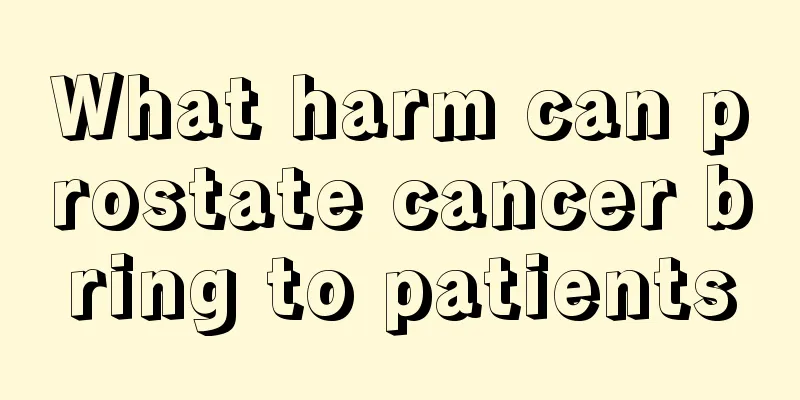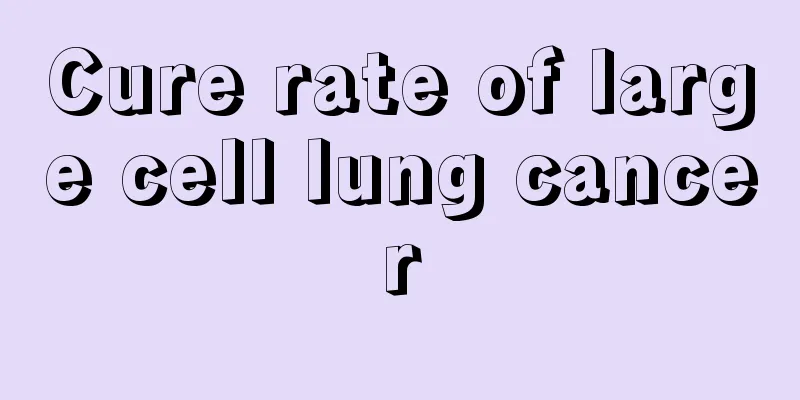What are the indications for glucocorticoid therapy?

|
Glucocorticoids are a widely used clinical treatment method, mainly for anti-inflammatory and anti-toxic treatment. However, caution should be exercised when choosing glucocorticoid treatment. Only the correct and reasonable use of glucocorticoids can improve the effectiveness of treatment. 1. Strictly control the indications for glucocorticoid treatment. Glucocorticoids are a class of drugs with relatively broad clinical indications, but their clinical application is quite arbitrary, and it is common for them not to be administered strictly according to the indications, such as using glucocorticoids solely for the purpose of reducing fever and relieving pain, especially for the purpose of reducing fever and relieving pain in infectious diseases. Glucocorticoids have the pharmacological effect of inhibiting autoimmunity, but they are not suitable for the treatment of all autoimmune diseases such as chronic lymphocytic thyroiditis (Hashimoto's disease), type 1 diabetes, psoriasis vulgaris, etc. (ii) Formulate a rational glucocorticoid treatment plan. The glucocorticoid treatment plan should be formulated based on the patient's condition and the characteristics of the drug. The treatment plan should include the selection of varieties, dosage, course of treatment, and route of administration. Unless the route of administration is clearly stated in these Guidelines, all medications are systemic, i.e. oral or intravenous. 1. Variety selection: Various glucocorticoids have different pharmacodynamics and human pharmacokinetics (absorption, distribution, metabolism and excretion processes), and therefore have different clinical indications. The correct variety of glucocorticoids should be selected based on different diseases and the characteristics of various glucocorticoids. 2. Dosage: Physiological doses and pharmacological doses of glucocorticoids have different effects, and the dose should be selected according to different therapeutic purposes. 3. Pay attention to the comprehensive treatment of diseases. In many cases, glucocorticoid treatment is only part of the comprehensive treatment of the disease and should be combined with other treatment methods based on the patient's actual situation. For example, for patients with severe infections, glucocorticoids can be used if necessary to relieve symptoms under the premise of active and effective anti-infection treatment and various supportive treatments. (IV) Monitor adverse reactions of glucocorticoids. The adverse reactions of glucocorticoids are clearly related to the type of medication, dosage, course of treatment, dosage form and usage. Adverse reactions should be closely monitored during use, such as infection, metabolic disorders (water and electrolytes, blood sugar, blood lipids), weight gain, bleeding tendency, abnormal blood pressure, osteoporosis, femoral head necrosis, etc. Children's growth and development should be monitored. (V) Pay attention to drug withdrawal reactions and rebound phenomena. The reduction of glucocorticoids should be individualized under the premise of close observation of the condition and glucocorticoid response, and attention should be paid to the following possible phenomena: 1. Discontinuation reaction: When using glucocorticoids in medium or high doses for a long time, reducing the dosage too quickly or stopping the use suddenly may cause symptoms similar to adrenal insufficiency. Mild cases may show mental depression, fatigue, loss of appetite, joint and muscle pain. Severe cases may cause fever, nausea, vomiting, hypotension, etc. Critically ill patients may even suffer from adrenal cortical crisis, which requires timely rescue. 2. Rebound phenomenon: When using glucocorticoids for a long time, reducing the dosage too quickly or stopping it suddenly may cause the primary disease to relapse or worsen. Glucocorticoid treatment should be resumed and the dosage often needs to be increased. After stabilization, the dosage can be slowly reduced. |
<<: How to treat patellar tendinitis?
>>: What causes white sediment in urine?
Recommend
How much does a testicular cancer test cost
How much does it cost to check for testicular can...
What to eat to recover quickly from skin burns
If the skin is burned, in addition to regular tre...
How to tie a middle-parted bun
Girls are always particularly concerned about the...
Causes of pancreatic cancer
The cause of pancreatic cancer is still unknown: ...
Clinical manifestations of cardiac tamponade
The heart is the most central organ in the human ...
Can ascites be drained in the late stage of pancreatic cancer? Try to stay in bed and rest
What should we do if pancreatic cancer has ascite...
Remove the bitterness of bitter melon
Although bitter melon tastes bitter, it has medic...
The efficacy and function of August Zha
August twig has certain medicinal value. Therefor...
What is the cause of immune thrombocytopenic purpura
First of all, everyone should understand that pur...
Generally, the latest number of days for a fertilized egg to implant is
Pregnant women must master a lot of knowledge so ...
How often should a fetal heart monitor be used?
Women who have been pregnant and given birth must...
Glioma patients must know the common sense of medication
With the advancement of science and technology, t...
Are black beans high in calories?
In fact, many people pay more attention to their ...
What to do if corneal burns occur
Because of their daily work and the fact that man...
What are some ways to eat cheese that don’t require an oven?
In daily life and diet, changes in people's l...









